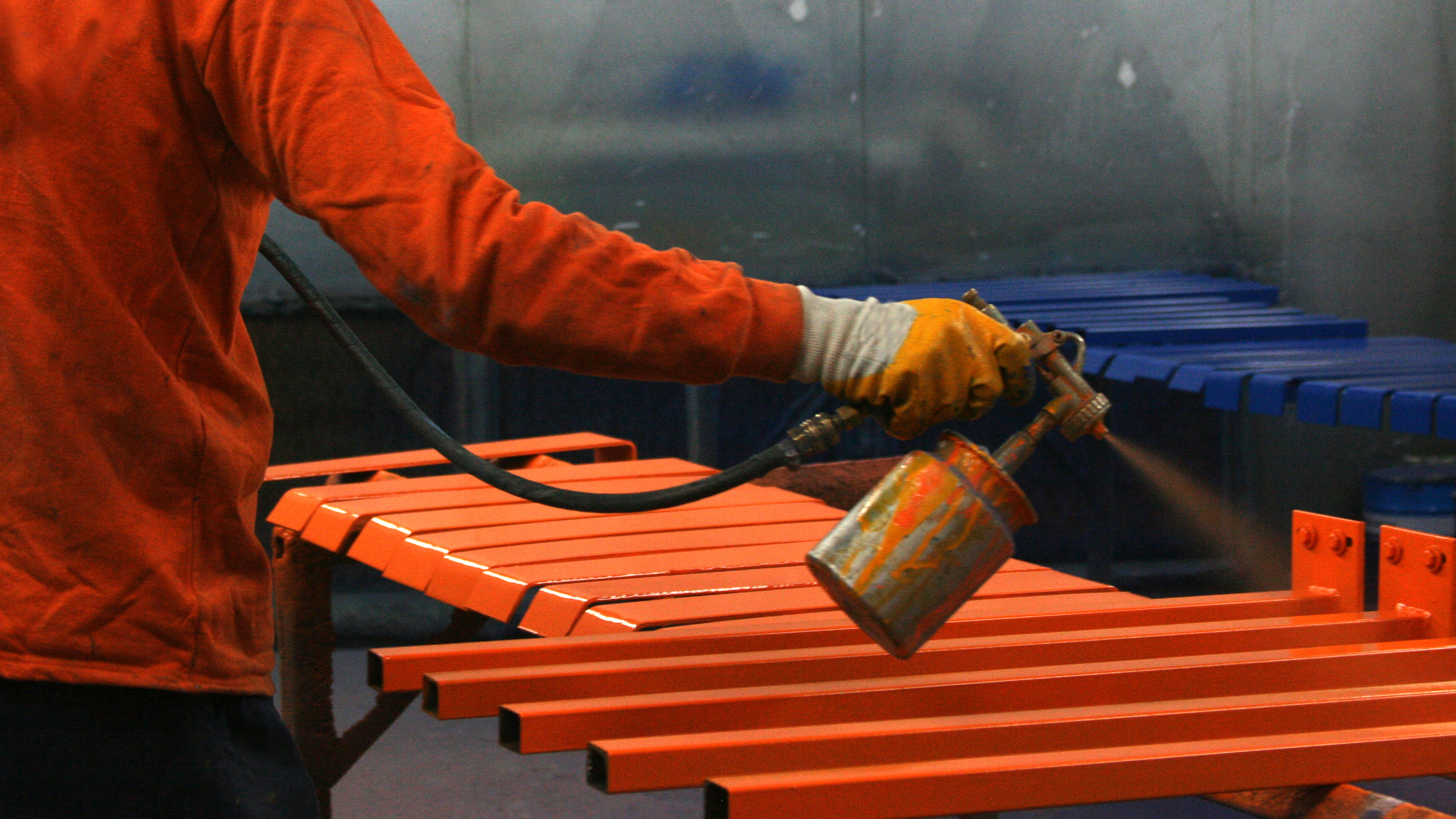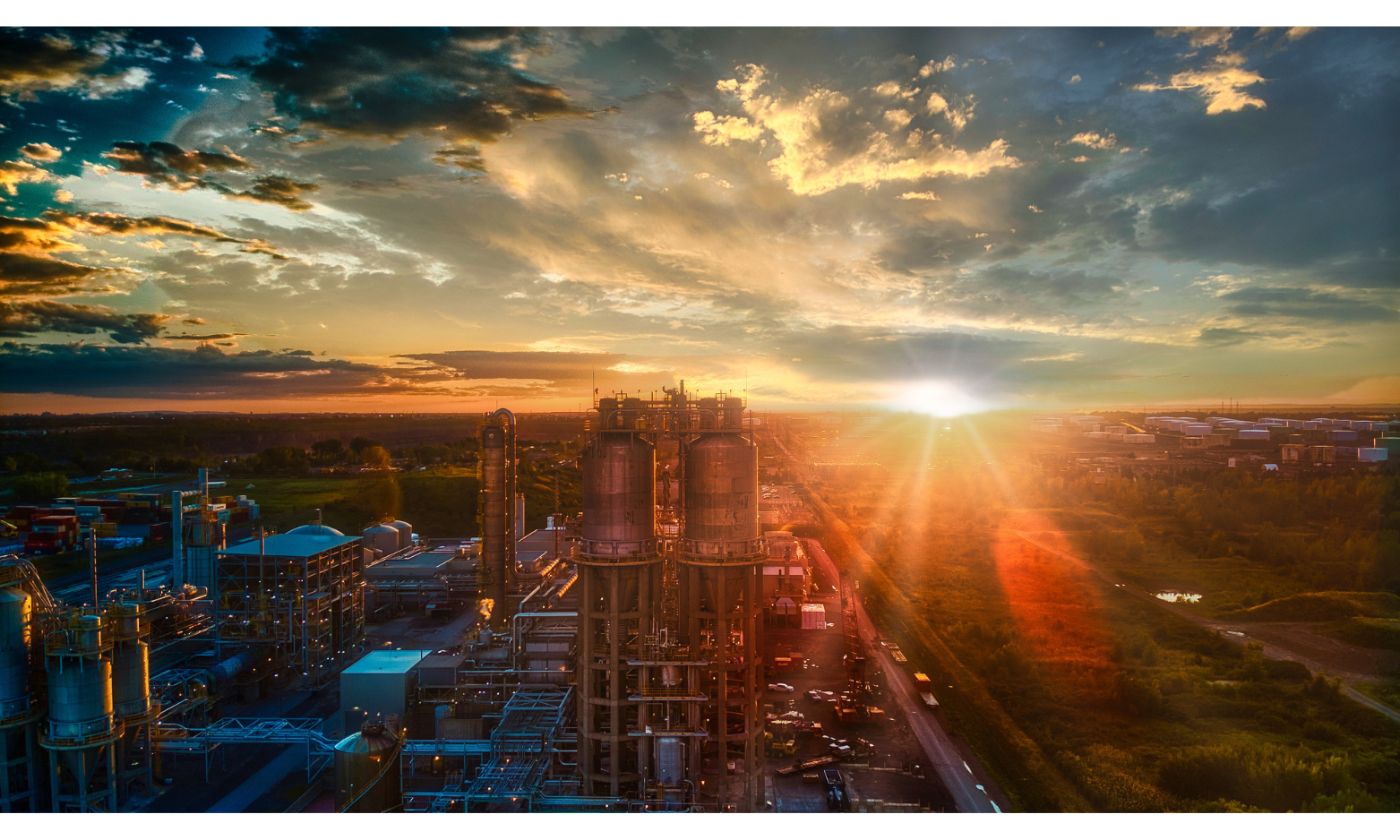Atmospheric emissions refer to substances released into the atmosphere by different human and natural activities. One of the major sources of these emissions comes from factories equipped with combustion devices, such as power plants, oil refineries, steel production facilities, industrial boilers, and many others. Combustion devices burn fossil fuels such as coal, natural gas and oil to produce heat, electricity or other forms of energy.
Why should atmospheric emissions be considered?
Atmospheric emissions have a significant impact on the quality of the air we breathe and on the environment. These emissions often contain air pollutants, including greenhouse gases (such as carbon dioxide, methane and nitrous oxide) and toxic air pollutants (such as fine particulate matter, sulfur oxides and carbon dioxide). 'nitrogen). These substances can have serious consequences for human health and contribute to climate change.
Characterization of atmospheric emissions
The characterization of atmospheric emissions is the process which makes it possible to quantify and identify substances emitted into the atmosphere, in particular from combustion devices. Here are some of the main steps in this process:
-
Emission of pollutants: Combustion appliances emit a variety of pollutants. To characterize these emissions, samplers are used to collect samples of gases and particles at the outlet of factory chimneys.
-
Chemical analysis: The collected samples are then subjected to chemical analyzes to determine the precise composition of the emissions. This includes measuring concentrations of greenhouse gases, toxic air pollutants and other unwanted substances.
-
Quantification: The results of chemical analyzes make it possible to quantify the quantity of each pollutant emitted by the factory. This step is essential to assess the impact of emissions on air quality.
-
Impact assessment: Once emissions are characterized, atmospheric models are often used to assess how these emissions disperse in the atmosphere and how they affect air quality in the surrounding region.
Reduce atmospheric emissions
Reducing atmospheric emissions from factories equipped with combustion devices is a priority in terms of protecting the environment and human health. Several approaches are used to achieve this goal, including:
-
Clean technologies: Adopting cleaner combustion technologies, such as particulate filters, catalysts and emissions control systems, can significantly reduce polluting emissions.
-
Energy transition: Shifting from fossil fuels to renewable energy, such as solar, wind and hydro, can significantly reduce greenhouse gas emissions from electricity generation.
-
Regulations and standards: Governments impose strict regulations on air emissions to encourage industries to reduce their emissions and adopt cleaner practices.
In conclusion, the characterization of atmospheric emissions from factories equipped with combustion devices is essential to understand and mitigate the impact of these emissions on the environment and human health. As awareness of these issues grows, it is crucial that industries adopt more environmentally friendly practices and that governments continue to develop regulations aimed at reducing harmful air emissions. Our future depends largely on our ability to manage these emissions responsibly.



Leave a comment
This site is protected by hCaptcha and the hCaptcha Privacy Policy and Terms of Service apply.